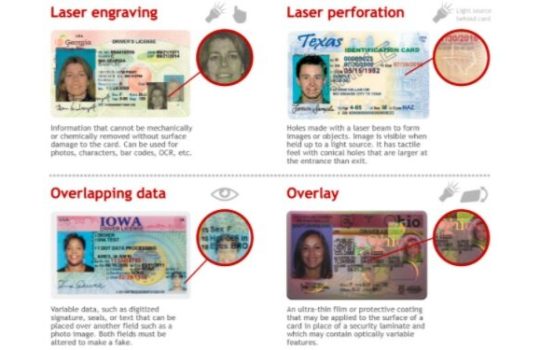Scannable Fake Id
2024-03-11 2024-03-11 13:26Scannable Fake Id

Scannable Fake Id
Ukraine Fake Passport
Australia Nsw Fake Driver License
Oklahoma Fake Driver License
UNITED ARAB EMIRATES Fake Id
Fake IDs have been a topic of conversation and controversy for decades. From teenagers trying to sneak into bars and clubs to individuals looking to bypass age restrictions, the market for fake IDs is constantly evolving. In recent years, one trend that has gained popularity is the use of scannable fake IDs.
Scannable fake IDs are IDs that contain a barcode or magnetic stripe that can be easily scanned by machines and devices, such as those used by bouncers at clubs and bars. This technology has revolutionized the fake ID industry, making it easier than ever for individuals to pass off their fake IDs as legitimate.
One of the main reasons why scannable fake IDs have become so popular is because they are much more difficult to detect than traditional fake IDs. Bouncers and security personnel are trained to look for certain security features on IDs, such as watermarks and holograms. However, these features can be easily replicated by counterfeiters, making it difficult to distinguish between real and fake IDs.
Scannable fake IDs, on the other hand, are much harder to fake. The barcodes and magnetic stripes on these IDs contain unique information that is difficult to replicate. When scanned, the information on the ID is cross-referenced with a database to verify its authenticity. This added layer of security makes it much more difficult for individuals to use fake IDs to gain entry into venues where they are underage.
Another reason why scannable fake IDs have become so popular is that they are much more convenient for both the user and the verifier. Rather than having to meticulously inspect each ID for security features, bouncers and security personnel can simply scan the ID and instantly know whether it is real or fake. This saves time and reduces the likelihood of human error when verifying IDs.
Additionally, scannable fake IDs can be programmed to display different information depending on the situation. For example, an individual using a fake ID to enter a bar may have their age displayed as 21, while the same ID could display their actual age when scanned by a law enforcement official. This customization option adds an extra layer of security for the user, as it allows them to control the information that is displayed when their ID is scanned.
Despite their benefits, scannable fake IDs are not foolproof. As with any technology, there are ways to bypass the security features of scannable IDs. Some counterfeiters have found ways to create fake barcodes and magnetic stripes that can pass through scanners undetected. Additionally, not all venues have the technology or resources to scan IDs, leaving room for individuals to use traditional fake IDs to gain entry.
Overall, scannable fake IDs have revolutionized the fake ID industry, making it easier than ever for individuals to pass off their fake IDs as legitimate. However, these IDs are not without their flaws and can still be detected by trained professionals. As technology continues to evolve, so too will the methods used by counterfeiters to create fake IDs. It is important for individuals to use fake IDs responsibly and understand the risks associated with using them.












